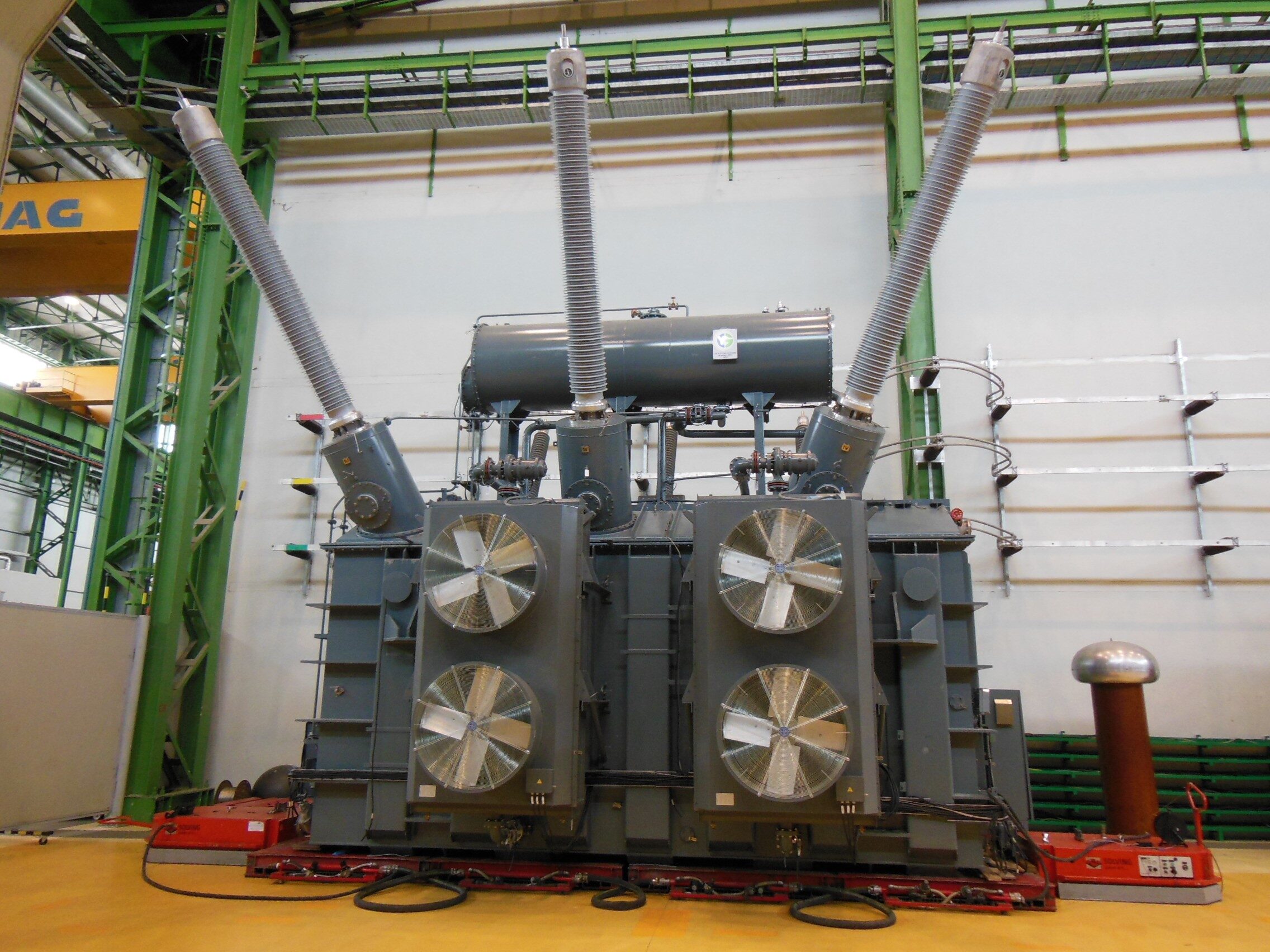Transformer Testing Course – e-lesson #15: Measurement of zero-sequence impedance

Hosted by: Balazs Sztari / Master's level
This is the 15th lesson in the Transformer Testing Course, authored and conducted by Balazs Sztari. Get the room link now!
This lesson provides an overview of the measurement of zero sequence impedance in power transformers. Understanding zero sequence impedance is crucial for modeling electrical systems and designing protection schemes. The presentation will cover the relevant standards, definitions, and the importance of zero sequence impedance compared to positive and negative sequence impedance. Attendees will learn about the test setup, procedure, and limitations when measuring zero sequence impedance. The lesson will also showcase examples of test reports and discuss the impact of winding arrangements and excitation levels on the measurement results. Attendees are encouraged to actively participate by submitting questions during the Q&A session. This comprehensive overview will equip the audience with the knowledge to properly conduct and interpret zero sequence impedance tests on power transformers.
Unauthorized message
The zero-sequence impedance on three-phase transformers is important for calculation of asymmetrical fault cases, therefore it is measured during factory acceptance tests. In this lesson you will learn how to perform this test and how to understand the results. We will discuss this important parameter for three-phase electrical network design and fault calculations. Join us and learn how to measure properly.
Keywords: power transformers, transformer testing, zero-sequence impedance, homopolar impedance, measurement
About the author
Balazs Sztari
Ganz ElectricBalazs Sztari graduated as electrical engineer in Budapest. Beside of factory acceptance tests, his team performs commissioning, diagnostics and R&D tests on power transformers and rotating machines.
He is currently a member of Cigre A2.53 working group.





